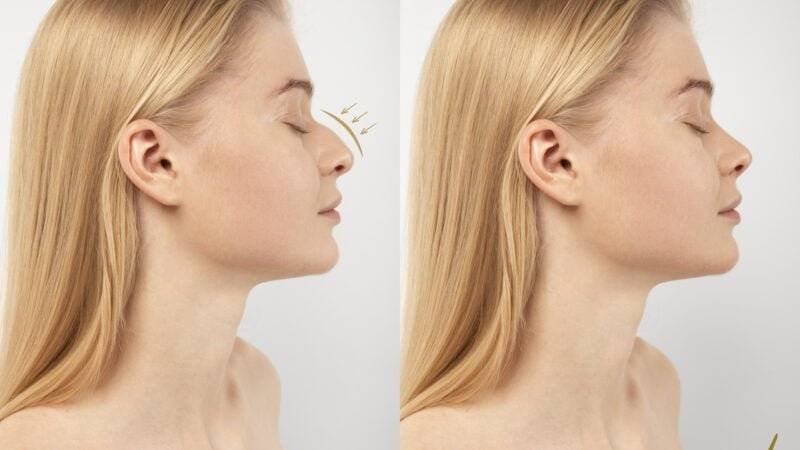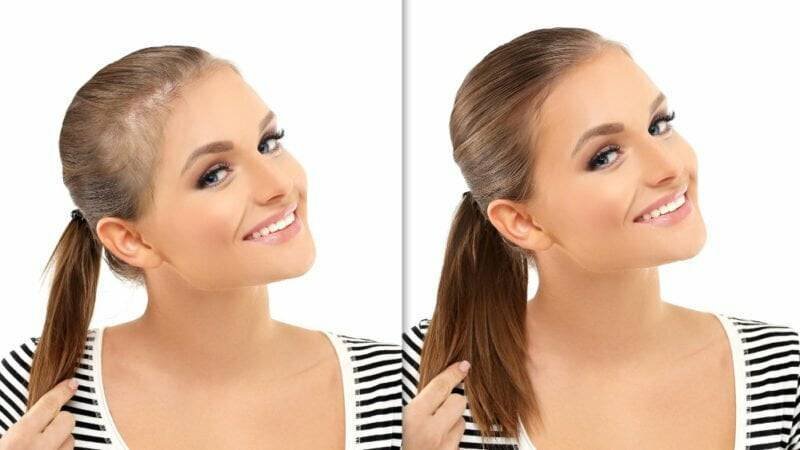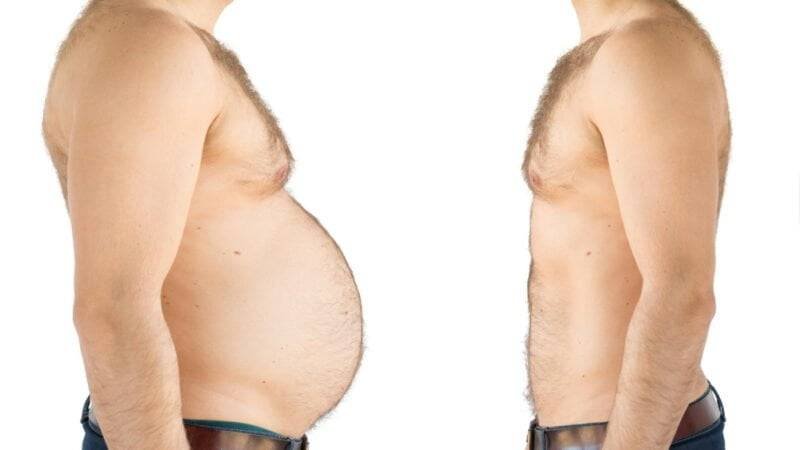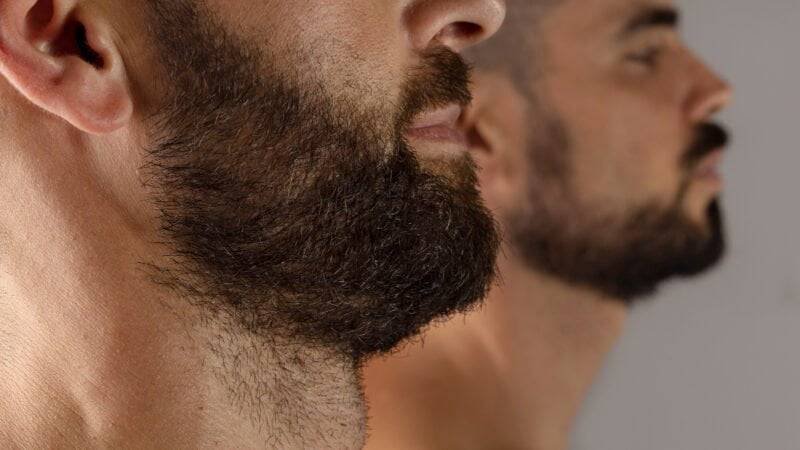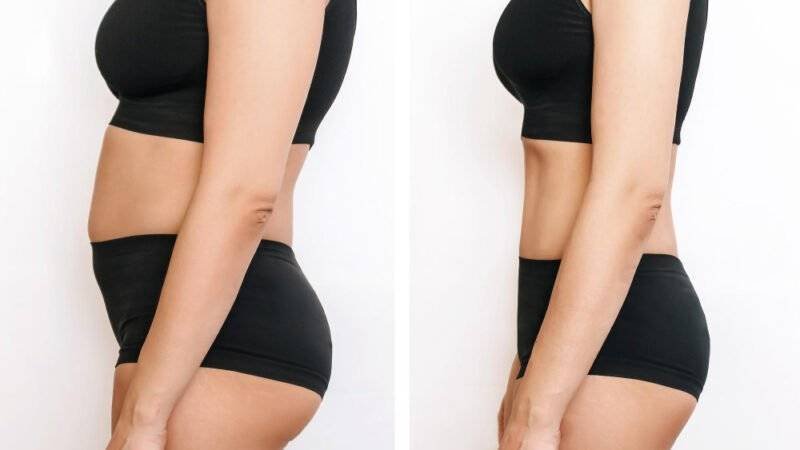
Fillers
WHAT ARE THE FILLER INJECTIONS?
Filler injections are non-surgical cosmetic procedures that are injected under the skin for many reasons, such as restoring volume and reducing facial wrinkles, saggings, and fine lines.
There are several types of dermal fillers in the cosmetic industry. They serve different purposes; thus, which one you will choose entirely depends on your preferences and the doctor’s recommendations. Almost all fillers contain natural and synthetic materials that treat the volume loss at the injection site.
Dermal fillers can be used in many areas for different reasons, but the most popular areas are;
Lip Filler Injection: Injections into the lips, also known as lip augmentation. They create a plumb and fuller look. Fillers For Cheek: These injections are made on the cheekbones to add volume to the face. Fillers For Chin: Getting fillers on the chin sharpens the facial features.
Nose Fillers: Fillers are also a way to shape the nose without surgery. Reducing The Scar Appearance: Scars may cause uneven textures on the skin. These areas can be improved with the filler treatment.
Wrinkle Treatment: Fillers are great ways to reduce wrinkles. They are specially used for forehead lines and nasolabial folds, also known as smile lines.
TYPES OF FILLERS
There are several types of dermal fillers. Some of them are as follows;
- Calcium Hydroxylapatite Fillers: A filler that lasts for a long time but is not permanent and is very biocompatible with human tissue.
- Hyaluronic Acid Fillers: It is a component that naturally occurs in the human body and is used as a temporary dermal filler.
- Poly L Lactic Acid fillers: It is a plant-based, semi-permanent dermal filler that stimulates collagen production.
Dermal fillers are mostly preferred because of their fast and efficient results. There are three types of fillers:
- Temporary Fillers: These are the most common types of fillers. These fillers consist of substances that dissolve in the skin. Hyaluronic Acid based or Calcium Hydroxylapatite based fillers are some of the examples of temporary fillers. If you want to maintain the effects of these fillers, you may need to get secondary injections after about a year.
- Semi-permanent Fillers: These fillers are more durable compared to temporary fillers. It takes more time for semi-permanent fillers to dissolve under the skin. Although they might require a touch-up now and again, they typically last between 12 and 18 months. Poly L Lactic Acid fillers are an example of these filler types.
- Permanent Fillers: Unlike the other fillers, these fillers consist of substances that do not dissolve under the skin. Most of the time, they are injected into the skin’s thicker areas, such as nasolabial folds. Permanent fillers can last up to 5 years or more. However, although they seem like the best option, they may have some moderate to severe facial side effects.

